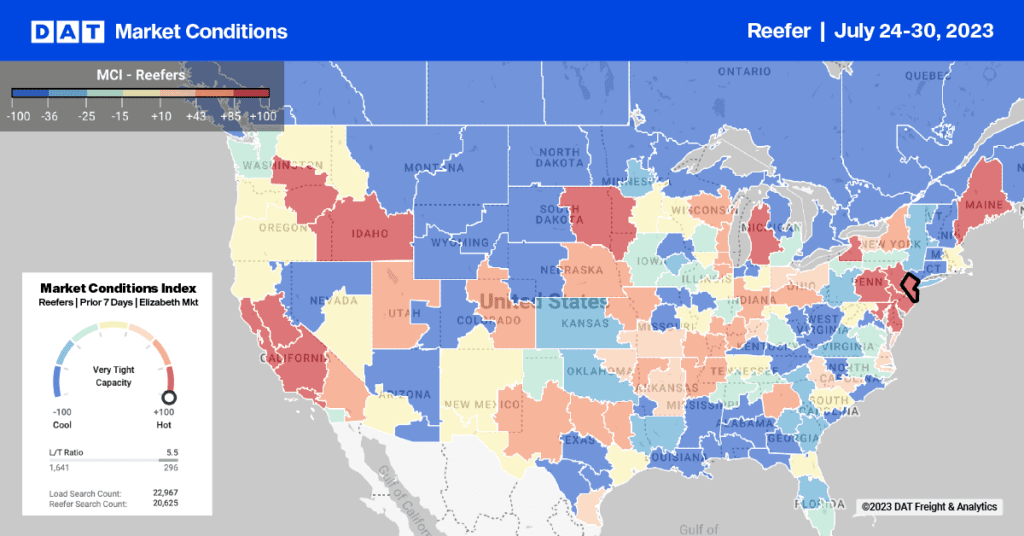Guest blogger Jeff Schneider is president of Schneider Training Solutions in Portland, OR. This article is adapted from “Prospecting in a Strategic Manner”.
You probably spend part of your day selling, even if you don’t have to have the word “sales” in your job title. Effective selling starts with prospecting.
But what is prospecting? A century ago, a prospector was someone who searched for gold. He would stake a claim and begin digging or panning. The key tactic was to sift out and discard anything that was not gold.
Sellers should also approach prospecting as a sifting process, to disqualify all leads that are unlikely to produce a sale. The seller who adopts this mindset has a huge advantage. To him, a conversation that does not result in an appointment or a sale is not an unsuccessful attempt. Instead, he realizes that he successfully disqualified that lead and he can now move on to other, more worthwhile opportunities.
I do a fair amount of prospecting. I even make cold calls, but I prefer to warm up my prospects before calling them. For instance, I will mail an introductory letter or email asking the prospect to spend five minutes with me on the phone next Tuesday at 9AM. Although a busy executive is probably not sitting by the phone waiting to hear from me. But when I call and the person answering the phone asks “Is he expecting your call?” my answer is “Yes.” When I do get the prospect on the phone I can refer to the letter as the reason for my call. If he has not read it I will summarize it quickly.
I will also send a book with the letter when I really want the propsect’s attention. My company publishes books about sales techniques, but you can send another business book, an article or another item that relates to his business. This really helps to get taht first conversation started. The person who answers the phone often acts as a gatekeeper, asking me why I want to speak to the boss. I reply that I’m calling about the book I sent to the prospect, and that usually gets me through. The quality of the conversations also improves when I have mailed a book first — even if the prospect has not read it. Yes, it costs money and takes some time to send out a book. But it is absolutely worth it to me if I have identified this company as a good prospect.
I define a good prospect with a tool called the Ideal Customer Profile (ICP). An ICP defines the characteristics of your best customers. This can include geographic location, freight type, timing and availability of shipments or other needs that your company may be uniquely able to handle. When you can identify your perfect target, you can be more strategic and efficient with your prospecting time and energy.
Consider this: there may be thousands of companies you might haul for, but what if you narrowed your universe down to the top 20? Now suppose you did some research on each of these companies before you called them and before you mailed them anything. You learn a little about their products, their industry and any transportation problems that you can solve. You might even place one or two calls to other people in the company before contacting the decision-maker, so that you are totally prepared for that conversation.
Now, when you finally call your prospect, it isn’t a cold call any more. You can say with all sincerity “This is not a cold call. I have been studying your company and your industry and I believe I can help you to reduce your freight transportation costs (or offer you some extra capacity during your busiest season, or whatever.) But before I jump into these ideas, may I ask you a few questions?”
My philosophy of prospecting has changed a lot in recent years, because I have a better understanding of the way that people buy my services. I recognize that many prospects need multiple “touches” before they are ready to buy. Those “touches” can include conversations on the phone, voice mail messages, emails, letters, books, post cards, tweets, LinkedIn invitations, articles, thank you notes and more. I started an email newsletter for my business, to offer prospects a chance to “opt in” and learn more about my work or to refer this information to a friend or colleague.
These are just a few low-key ways for you to stay in touch with a prospect, until they are ready to have a conversation about your product or service. And the real key is to remain consistent and diverse in the activities you use to stay in touch. You don’t want to annoy the prospect, and remember that if he does not want to do business with you, you can see that as an opportunity to focus on others who are a better fit.
Meanwhile, don’t forget to make the calls. You never know when the person on the other end of the phone will surprise you. Next time, he just might say: “I was just reading that book you sent me, and I was about to give you a call.”
That’s pure gold.


